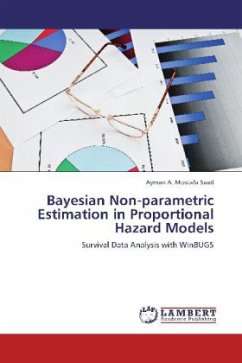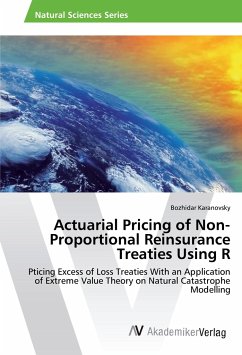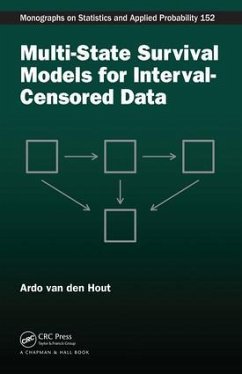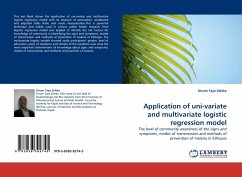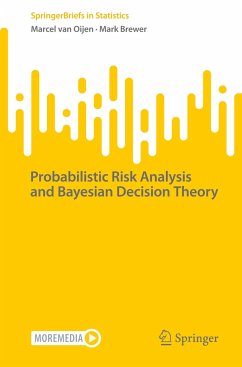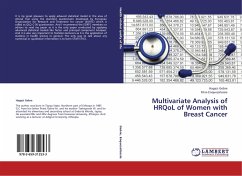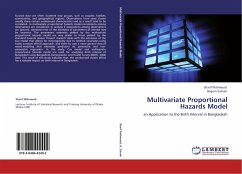
Multivariate Proportional Hazards Model
an Application to the Birth Interval in Bangladesh
Versandkostenfrei!
Versandfertig in 6-10 Tagen
45,99 €
inkl. MwSt.

PAYBACK Punkte
23 °P sammeln!
Survival data are often clustered into groups, such as couples, families, communities, and geographical regions. Observations from same cluster usually share certain unobserved characteristics and as a result tend to be correlated. In multivariate proportional hazards model correlations among observations are considered. In analysis if associations among observations are ignored, standard error of the estimates of parameters of interest may be incorrect. The parameters estimates yielded by the multivariate proportional hazards model are very similar to those yielded by the standard hazards mod...
Survival data are often clustered into groups, such as couples, families, communities, and geographical regions. Observations from same cluster usually share certain unobserved characteristics and as a result tend to be correlated. In multivariate proportional hazards model correlations among observations are considered. In analysis if associations among observations are ignored, standard error of the estimates of parameters of interest may be incorrect. The parameters estimates yielded by the multivariate proportional hazards model are very similar to those yielded by the standard hazards model. Present research deals with the extension of the Cox model that allows for heterogeneity due to omitted covariates using frailty (random effect) approach, and there by uses a more general class of mixed-modeling that estimates predictors via parametric and non-parametric regression. In this study, Cox model and multivariate proportional hazards model are used for analyzing birth intervalof Bangladesh using Bangladesh Demographic and Health Survey (BDHS, 2004) data. This result of this study indicates that, the unobserved cluster effect has a sizeable impact on birth interval in Bangladesh.




